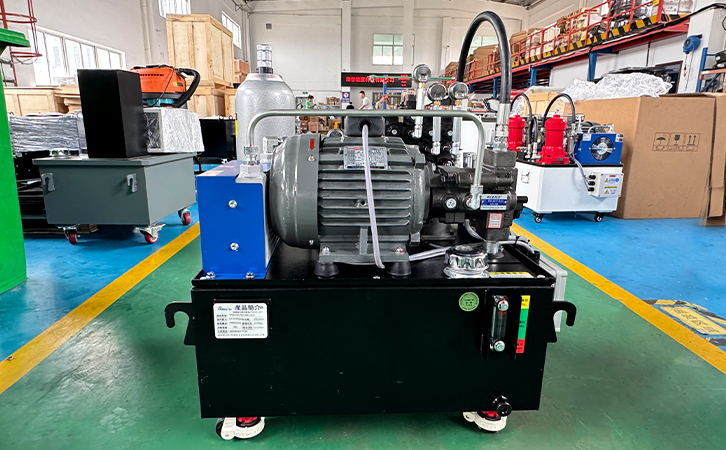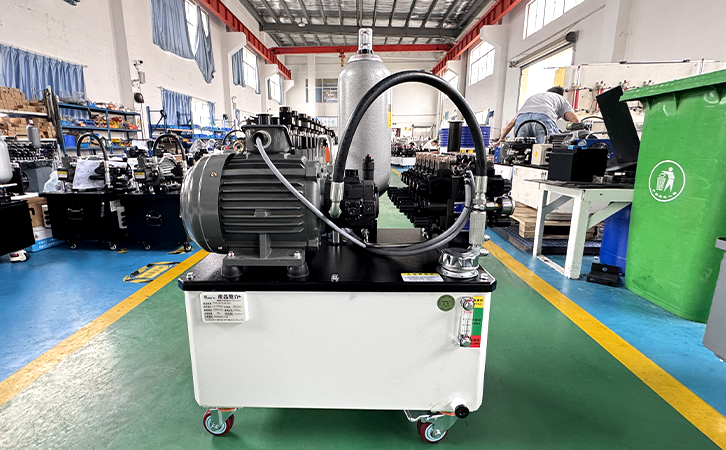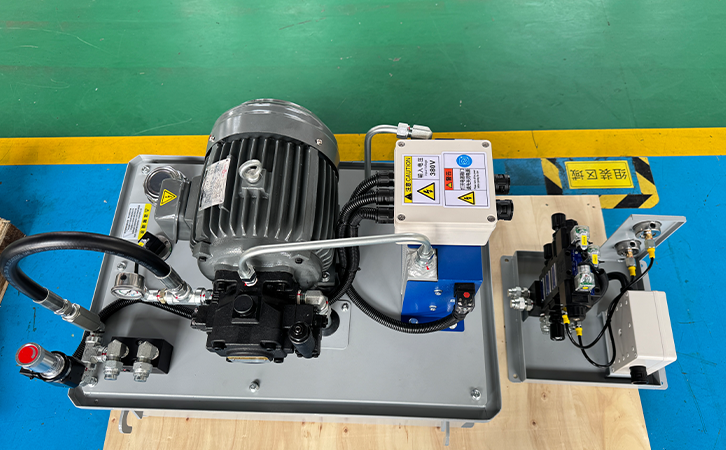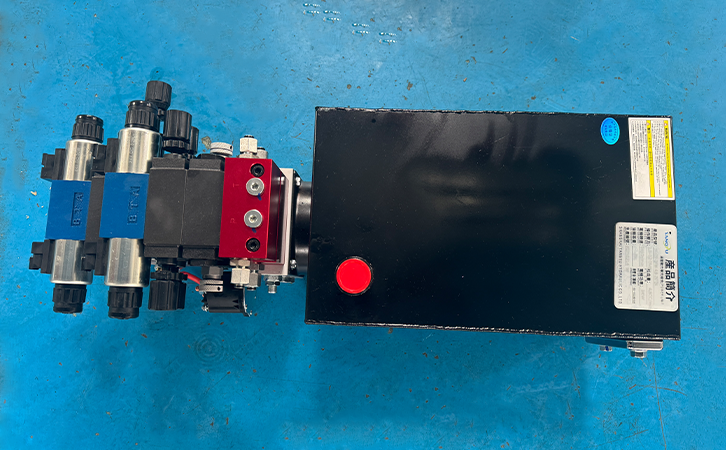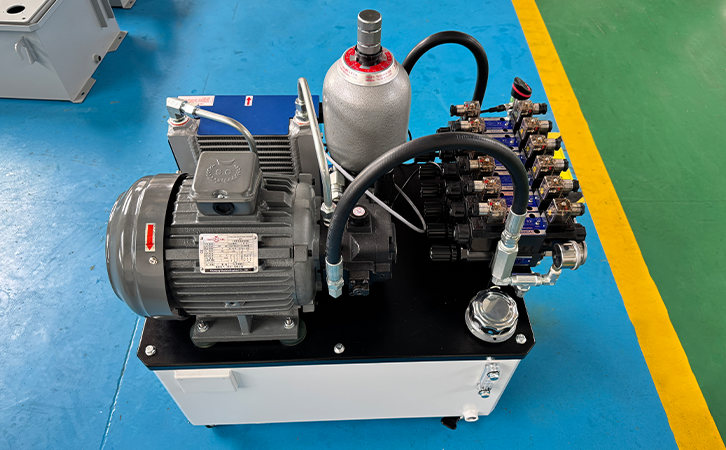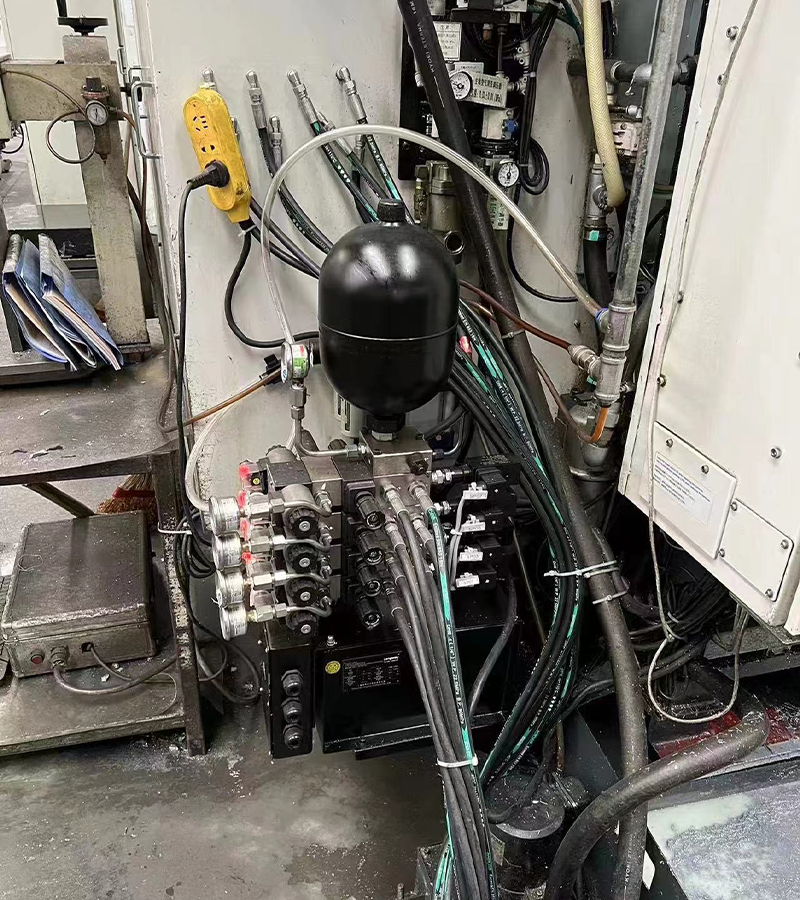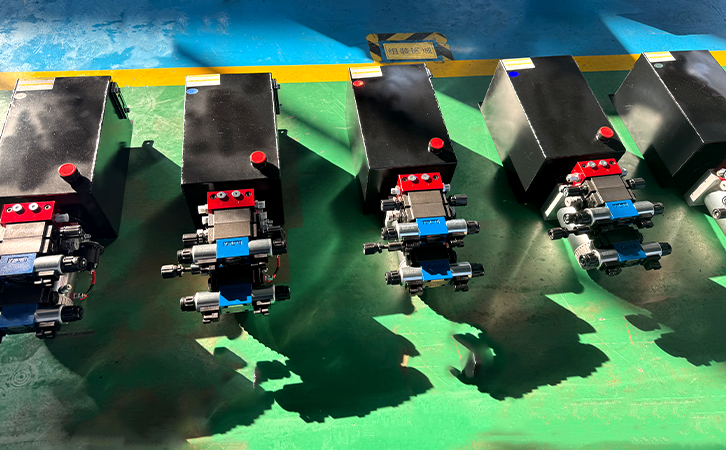Hydraulic station: the source of industrial power
Date: 2025-03-14 Categories: Hydraulic station information、Industry News Views: 6985
Summary:
Hydraulic technology is widely used in modern industry, from construction machinery to wind power generation, from automation equipment to aerospace, there are almost no fields that do not involve hydraulic systems. Among them, the hydraulic station, as one of the core components in the hydraulic system, plays a vital role. What exactly does the hydraulic station do? This article will answer this question in detail for you.
article directories[Hidden]
Hydraulic technology is widely used in modern industry, from construction machinery to wind power generation, from automation equipment to aerospace, there are almost no fields that do not involve hydraulic systems. Among them, the hydraulic station, as one of the core components in the hydraulic system, plays a vital role.What exactly does the hydraulic station do?This article will answer this question in detail for you.
Basic functions and structure of hydraulic station
A hydraulic station, also known as a hydraulic pumping station, is a power transmission device of a hydraulic system.itsThe main function is to transmit power through the pressure of hydraulic oil, providing a controllable power source for various mechanical devices.。 The core components of the hydraulic station include pumps, valve sets, fuel tanks, filters, motors and various pressure gauges. Among them, the hydraulic pump is responsible for converting mechanical energy into hydraulic energy; the valve group controls the direction, pressure and flow of liquid flow; the fuel tank stores and cools the hydraulic oil, and purifies the hydraulic oil through the filter; and the motor provides the necessary mechanical energy.
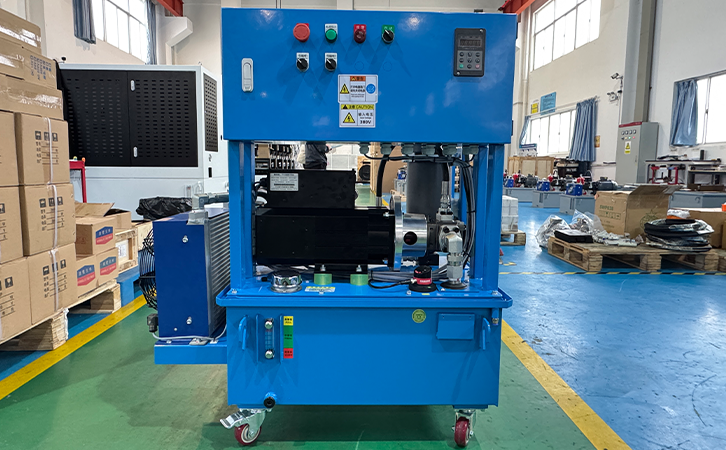
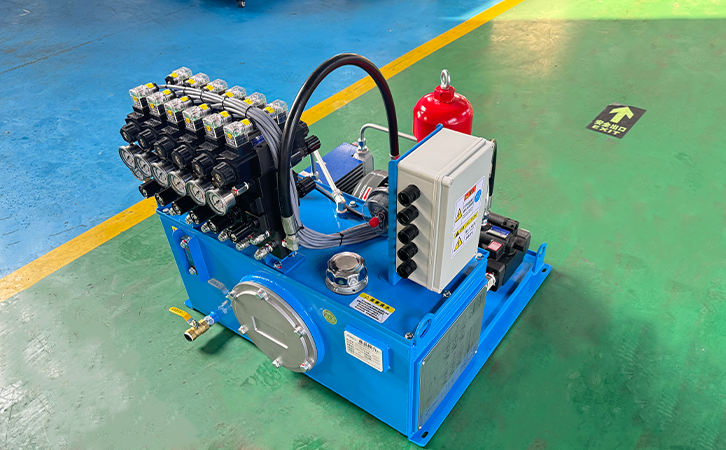

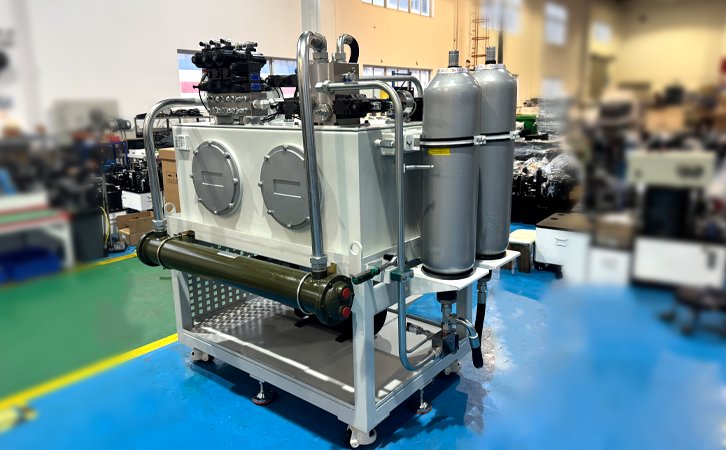
Working principle and operating mechanism
Hydraulic stationThe working principle is relatively simple, but it is efficient. When the motor starts, it drives the hydraulic pump to run, thereby extracting the hydraulic oil from the fuel tank and pressurizing the output. The liquid pressurized by the pump passes through the valve group, is adjusted to the appropriate pressure, direction and flow according to mechanical needs, and then transmitted through the pipeline to the actuator, such as a hydraulic cylinder or a hydraulic motor. This enables the actuator to make movements such as rotation, reciprocation or lifting to meet the needs of industrial or mechanical operations. It is also extremely important to use filters to purify hydraulic oil to prevent impurities from causing system wear or operating failure.
Application areas of hydraulic stations
Hydraulic stations are widely used in many industries because of their high efficiency, stability and rapid response. For example:
- Construction machinery: such as excavators, bulldozers, loaders and other construction machinery, the lifting and rotating actions of the boom depend on the power provided by the hydraulic station.
- Manufacturing: In heavy industries such as automobile manufacturing, hydraulic stations provide powerful power output for large stamping machines, injection molding machines, and casting equipment.
- Wind power generation: The yaw system and blade adjustment system in a wind turbine need the support of hydraulic power to ensure their stable operation in different wind directions.
- Aerospace: Aircraft landing gear, hatches, and flight control systems all rely on hydraulic systems for operation.
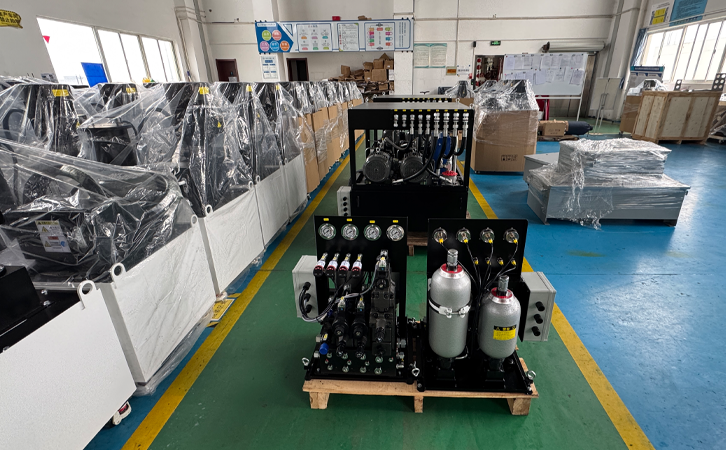
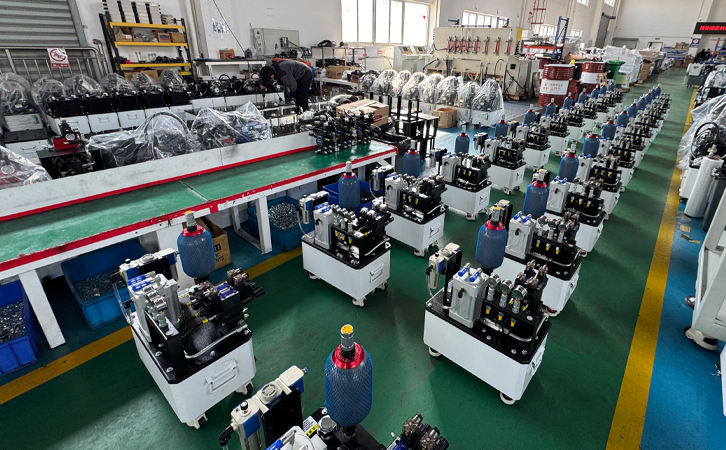
Advantages and challenges of hydraulic stations
The reason why hydraulic stations can occupy an important position in the industrial field is mainly because they have a variety of advantages:
- High efficiency: Hydraulic transmission can provide powerful force at low energy consumption, which is suitable for heavy-duty applications.
- Controllability: Through valves and controllers, the output control of the system can be realized.
- Flexibility: The design of the hydraulic station can be flexibly adjusted according to different needs to adapt to different working environments and tasks.
- Durability: Due to the use of liquid media to transmit energy, the wear of components is relatively small and the service life of the system is long.
However, hydraulic stations also face some challenges:
- Oil leakage problem: It is inevitable that the hydraulic system will leak hydraulic oil, which not only affects the environment, but may also lead to equipment failure.
- Maintenance complexity: The hydraulic station needs regular maintenance to ensure its normal operation, which includes replacing filters, checking oil levels and seals, etc.
- Initial cost: The initial investment in the establishment of a hydraulic system is high, and high-quality materials and precision manufacturing processes are required.
Future development trends
With the continuous progress of technology and the improvement of technology, hydraulic stations are developing in the direction of more intelligent, environmentally friendly and integrated. Modern hydraulic stations are not limited to providing power sources, but also pay more attention to the integration of control and monitoring functions. Through embedded sensors and industrial Internet of Things technology, the hydraulic station can monitor the status of the system in real time, predict potential failures in advance and implement automated control, significantly improving operational efficiency and safety.
Conclusion
Hydraulic stationAs the heart of industrial equipment, its role in industrial production cannot be underestimated. With its strong power transmission capabilities and superior performance in complex working environments, hydraulic stations have made great contributions to the development of modern industry. Although facing the challenges of energy saving and environmental protection, hydraulic technology will continue to grow in continuous innovation and continue to promote the development of all walks of life.


